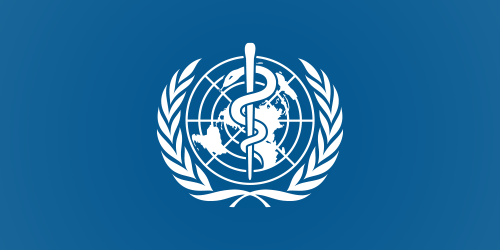In the WHO European Region, almost two-thirds of adults and one in three children are living with overweight or obesity, and the proportion is still rising. The new WHO European Regional Obesity Report 2022 warns of the serious health risks associated with rising obesity levels. Obesity is one of the biggest determinants of death and disability in the Region, contributes to 13 types of cancer and requires treatment and management by a multidisciplinary team.
“Obesity knows no borders. Not a single country in Europe and Central Asia will meet WHO’s global NCD target of halting the rise in obesity,” said Dr Hans-Henri P. Kluge, WHO Regional Director for Europe. “Countries in the region are incredibly diverse, but all face challenges to greater or lesser extents. By creating more supportive environments, promoting health investments and innovation, and developing strong, resilient health systems, we can change the trajectory of obesity in the region.”
Obesity may overtake smoking as leading preventable cancer risk
Overweight and obesity rank fourth among risk factors for mortality after hypertension, dietary risks and tobacco. Obesity is a complex, multifactorial disease that poses risks to health. Obesity is associated with many non-communicable diseases (NCDs), including cardiovascular disease, type 2 diabetes and cancer.
In some European countries, obesity is predicted to overtake smoking as the leading preventable risk factor for cancer in the coming decades.
The report also emphasizes that obesity is not just a risk factor but a disease that requires specific treatment and management.
WHO European Region: trends in obesity and overweight
The report found that obesity rates among adults in the European Region are higher than in any other WHO region except the Americas. The latest data show that overweight and obesity are responsible for more than 1.3 million deaths worldwide each year, but even this figure is likely an underestimate.
In the European Region, overweight and obesity are widespread, with a higher prevalence among men (63%) than women (54%), and higher rates in higher-income countries.
The highest levels of both overweight and obesity are found in Mediterranean and Eastern European countries. Educational inequalities are widespread, with the prevalence of obesity higher in those with lower levels of education.
COVID-19 and the obesity problem
The COVID-19 pandemic has made the obesity issue even more pressing, as obese patients are more likely to experience complications and death from the virus, and many of these patients face challenges accessing obesity management services.
Preliminary data also suggest that during the current pandemic, people may be more exposed to obesity risk factors, such as a sedentary lifestyle and increased intake of unhealthy foods.
Creating a healthy environment: WHO policy recommendations
“Obesity is influenced by the environment, so it is important to look at the issue from the perspective of all stages of life. For example, the lives of children and adolescents are influenced by the digital environment, including the marketing of unhealthy foods and drinks,” said Kremlin Wickremesinghe, Acting Executive Director of the WHO European Secretariat for NCD Prevention and Control, which produced the WHO European Regional Obesity Report 2022.
“We have learned over the years that no single policy works alone. To succeed as a country or region, we need a comprehensive set of interventions. No country has been able to implement all of these policies simultaneously. It is important to prioritise two or three policies for implementation now and develop a workable plan for implementing the remaining interventions,” added Dr Wickremesinghe. “Limiting the marketing of unhealthy foods to children, taxing sugary drinks and improving health system responses to obesity management are currently some of the most actively discussed policy areas in the WHO European Region.”

